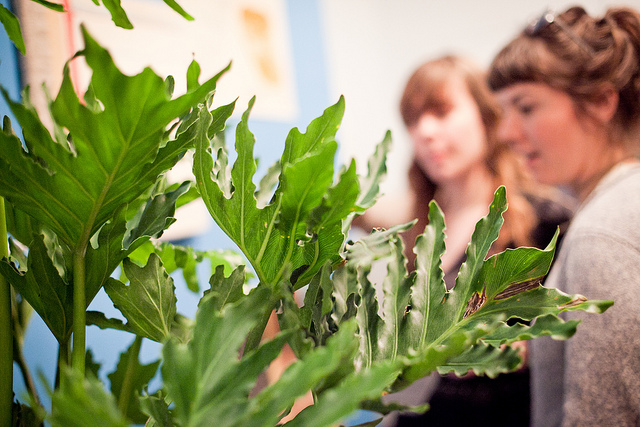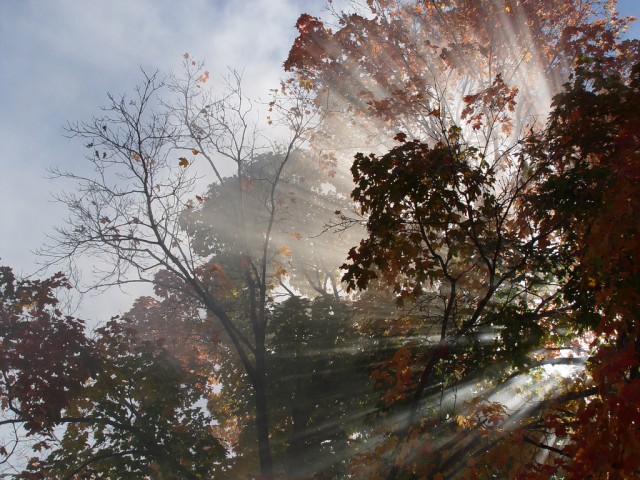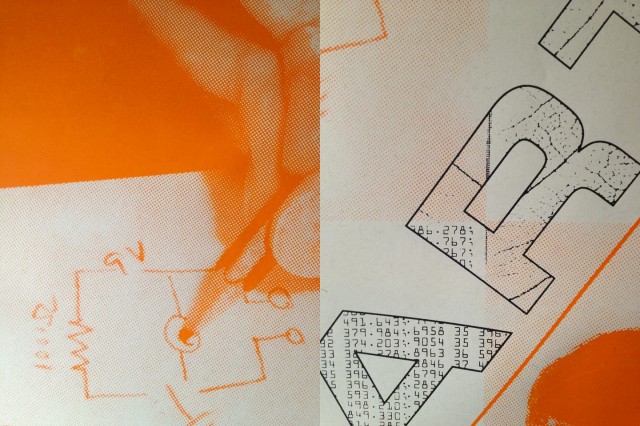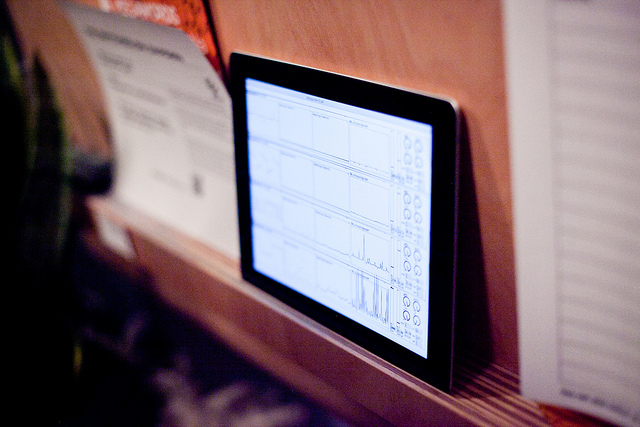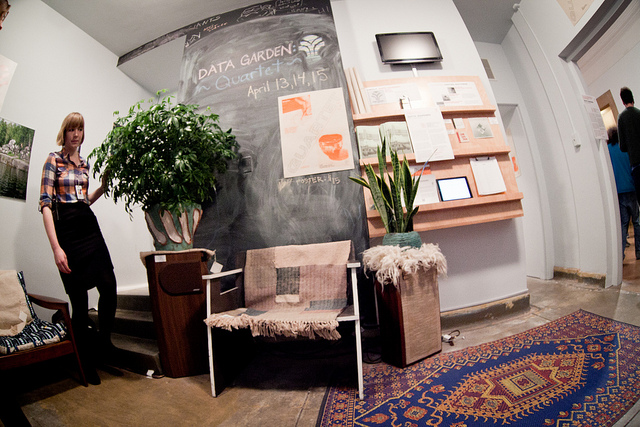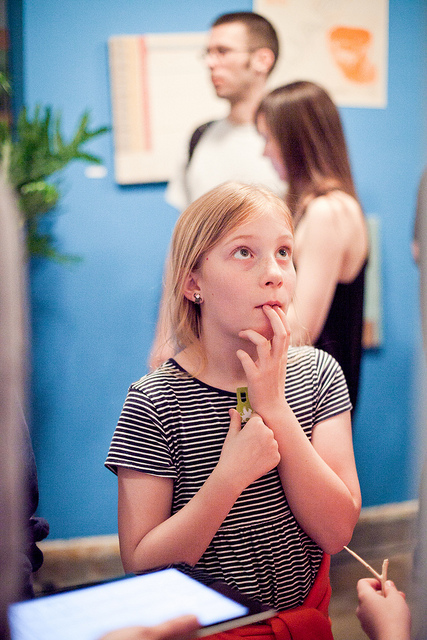“On lead synthesizer, a philodendron …” (And the crowd goes wild…)
Vegetation may not be the first association you have when thinking of electronic music. But two new albums, each released via Bandcamp, celebrate biological life of the green, leafy variety. One is a benefit compilation, with proceeds going to help trees and music inspired by that green goodness. The other uses plants as “performers,” generating its form from plant life in an installation and extended “live” release.
It seems a fitting time to think about trees and plants, as those of us in the Northern Hemisphere see the coming of summer. As I write this, outside my home office’s window, everything has become a calming canopy of maple leaves. And so, just as those trees have a chilling, soothing emotional impact, I confess that this is all really enjoyable music, gimmicks aside. The tree-themed compilation is not a bunch of aimless Earthy music; the plants are not, as you might assume, screechy noise. Instead, you get two full-length albums of terrific-quality ambient music.
Each also works to plant something living – literally. “Take to the Trees,” a compilation for Arbor Day, directs proceeds from sales to the Arbor Day Foundation for conservation and education. That means money from the release could protect and plant trees. The Data Garden Quartet is more literal: embracing the idea of “plantable music,” the ephemeral digital download code is printed on paper that can grow. For instance, on the recent “Cheap Dinosaurs” release, you get “hand-made seed paper with screen-printed album art and download code on reverse side.”
Download Cheap Dinosaurs, plant this art under a thin layer of soil in full sun to partial shade and add water. With proper care, blue lobelias will begin sprouting in the first two weeks and finally begin blooming about 4 weeks later.
Released on Sound for Good, a benefit label, “Take to the Trees” gives you four hours of music for a minimum of just US$1. The collection is eclectic, spanning fairly traditional ambient music to beats, breaks, and experiments. Some tracks sound influenced by the cadence of traditional Japanese music or Tibetan meditation. They evoke impressions of trees and forests, but often via electronic (even traditional analog) timbres, recalling the sensation of trees and experience as much as painting those scenes directly. There are epic, sprawling tracks and more compact, rhythmic compositions. Sometimes nature itself sneaks in, in jungles and mountain sojourns. More often, warm, fuzzy electronic pads glow like sunlight. Many, many artists participate, going far beyond the San Francisco scene, including our friend, technologist, blogger, and musician Mark Mosher. Jack Hertz, also a prolific blogger and performer, heads up the comp.
Artists:
John Koch-Northrup, Ian Boddy, Burning Artist, Chromasonic, Crystal Dreams, Todd Fletcher, Groupthink, HG Fortune and Inner Dreamer, inside/ outside, Oskar Menzel, Joe McMahon, Mesawzee Eagle, Mirada, Shane Morris, Mark Mosher, Mystified, redgreenblue, John Sherwood, Symatic Star and Tange.
http://sound4good.bandcamp.com/
If “Take to the Trees” is hours of human playing and human experience recalling the feeling of plant life, “Data Garden Quartet” turns to the plants to “generate” the score, in nearly two hours of extended listening. Blending minimalism and ambience, the product is a wash of sound, with waves of timbres crested by gentle buzzes, glitches, and hums, all in extended rhythms and cycles (sometimes recalling nothing so much as the occasional stroke of a Javanese gong).
The project looks to make natural phenomena audible, “information which we cannot perceive through our biological senses”:
The musical compositions you are about to listen to were generated by the electronic impulses produced by four tropical plants. This data, interpreted by humans with the help of computers, has been employed to organize sound into beauty perceivable by the human ear. While the means of producing this beauty can be described in technical terms, the natural creative force generating this experience is less apparent.
These 116 minutes were recorded during an installation at the Philadelphia Museum of Art in April, in a “quartet” of a philodendron, two schefflera plants, and a snake plant. (Images here are from that exhibition.) The team:
Sam Cusumano: electronics
Joe Patitucci: sound design
Alex Tyson: production, graphic design
More images, though I think my favorite of all is the wonder of the gawking young girl. It’s too easy for us to become jaded, and forget, sometimes, the magic of the things we make.
Quartet: Live at The Philadelphia Museum of Art [datagarden.org]
http://datagarden.org/about/
Data Garden also do an interview with Abigail Bruley for Creators Project:
Interacting With Plants To Create Polyphonic Music
